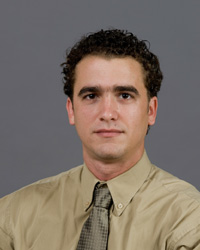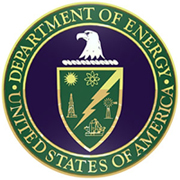 Duriem Calderin (Biomedical Engineering) About DOE Fellow:
Duriem Calderin graduated with a Master of Science in Biomedical Engineering from Florida International University (FIU) in Miami, Florida 2010. He also holds a Bachelors Degree in Nuclear Engineering from Havana, Cuba 2006. Mr. Calderin was previously a Department of Energy (DOE) fellow under a DOE grant that allowed him to intern in Columbia Energy in the summer of 2009. His work at Columbia Energy titled “Wiped Film Evaporator Pilot Scale Experimental Design to Reduce the Volume of Waste at Hanford farms” was published under the student poster track in the Waste Management Conference held in Phoenix Arizona in 2009 and presented on the Engineering Symposia at Florida International University (FIU). He successfully graduated in the summer of 2010 with a Master of Science in Biomedical Engineering. Mr. Calderin graduated and was accepted the offer to work for Columbia Energy Environmental Services Inc on the summer of 2010. Mr. Calderin is supporting the Wiped Film Evaporator (WFE) team on novel operational optimization designs at full scale and providing nuclear engineering counsel on health physics topics such as radiation protection. He’s job responsibilities at CEES are the following: Provide nuclear engineering advice on health physics topics such as radiation detection, dose limits, principal radioactive sources of exposure and shielding; Design new optimization methods in order to yield maximum quality at minimum costs in terms of process efficiency (WFE). Analyze previous documents or technical calculations and provide from his point view pathways to increase productivity and efficiency. Duriem is now the senior nuclear engineer for Bechtel Corporation.
|
Accomplishments as a DOE Fellow:
Mr. Calderin worked on a project evaluating the effectiveness of SIMWyPES wipes. The main focus of the project is to evaluate the performance of the wipes in the decontamination of radioactive surfaces. The tests will be performed using beta emitter isotopes on different surfaces, such as Formica, ceramic tiles, stainless steel, coated concrete and others. The results were compared with normal wipes used today for decontamination of beta emitter in all DOE laboratories.

